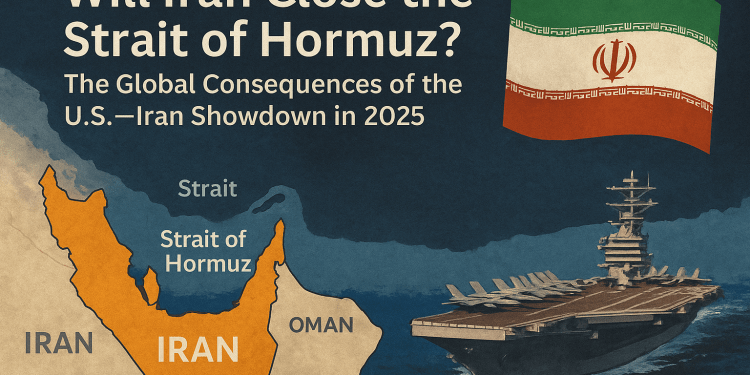1. The Trigger: Escalation in the Middle East
The Israeli Operation
In early June 2025, Israel launched a surprise aerial assault on Iranian infrastructure, targeting nuclear sites, military depots, and strategic command centers. The operation, described by officials as a preemptive move, destabilized the fragile power balance in the Middle East.
Iran’s Retaliation
Iran quickly responded with a coordinated wave of ballistic missile attacks and drone strikes. Southern Israeli cities came under fire, and regional militias allied with Tehran were activated. The conflict rapidly expanded from a bilateral exchange into a regional emergency, drawing in global concern.
2. U.S. Military Deployment: Strategic Posturing
While Washington maintains an official stance of containment, its actions suggest otherwise. The Pentagon has deployed:
- Two carrier strike groups in the Persian Gulf
- B-2 stealth bombers equipped with bunker-buster munitions
- Over 40,000 U.S. troops across bases in Qatar, Bahrain, and Kuwait
The message is clear: any Iranian escalation or closure of maritime routes will trigger a swift and forceful U.S. response.
3. Strait of Hormuz: The Economic Pressure Point
Iran has threatened to close the Strait of Hormuz — a narrow waterway through which over 20% of global oil passes. In response:
- Oil prices have surged past $150 per barrel
- Global shipping insurance has spiked
- LNG and crude exporters have halted transit through the Gulf
A prolonged closure would devastate oil-importing economies, intensify inflation, and trigger severe supply chain breakdowns across Europe and Asia.
4. Global Economic Shockwaves
As oil markets reel, the consequences are immediate:
- Supply Chain Disruptions: Ports across Asia and Europe report delays and bottlenecks
- Inflation Spike: Energy-dependent nations face soaring fuel costs
- Financial Markets: Stock indices fell by 7–10% globally in the first 48 hours of crisis escalation
- Central Banks: Emergency meetings are being held to reassess monetary policy
Global recovery post-COVID and Ukraine wars is now at risk of derailing under this new wave of economic instability.
5. Strategic Scenarios: What Comes Next
Targeted Strikes on Fordow and Natanz
The U.S. may launch surgical strikes on Iran’s nuclear enrichment sites to degrade its nuclear capabilities without triggering a full-scale war.
Proxy War Intensification
Iran could retaliate by activating Hezbollah in Lebanon, militias in Iraq and Syria, and cyberattacks against U.S. allies.
Strait of Hormuz Closure
If Tehran lays mines or uses missile systems to enforce a blockade, the international community may be forced into a joint naval operation to restore maritime access.
Diplomatic De-escalation
Backchannel talks are already rumored in Ankara and Muscat. A ceasefire remains a possibility — but time is running out.
6. A Turning Point for Global Power Structure
The 2025 U.S.–Iran standoff is not just a Middle Eastern crisis — it’s a flashpoint for global leadership. As China and Russia cautiously observe, and Europe scrambles to protect energy imports, the world watches to see if this crisis will forge a new global order or shatter the existing one.
Conclusion:
Will Iran close the Strait of Hormuz? The answer may define the next decade of global geopolitics, economic stability, and security. In a time of rising multipolar tensions, every move in the Gulf carries consequences far beyond the region.

